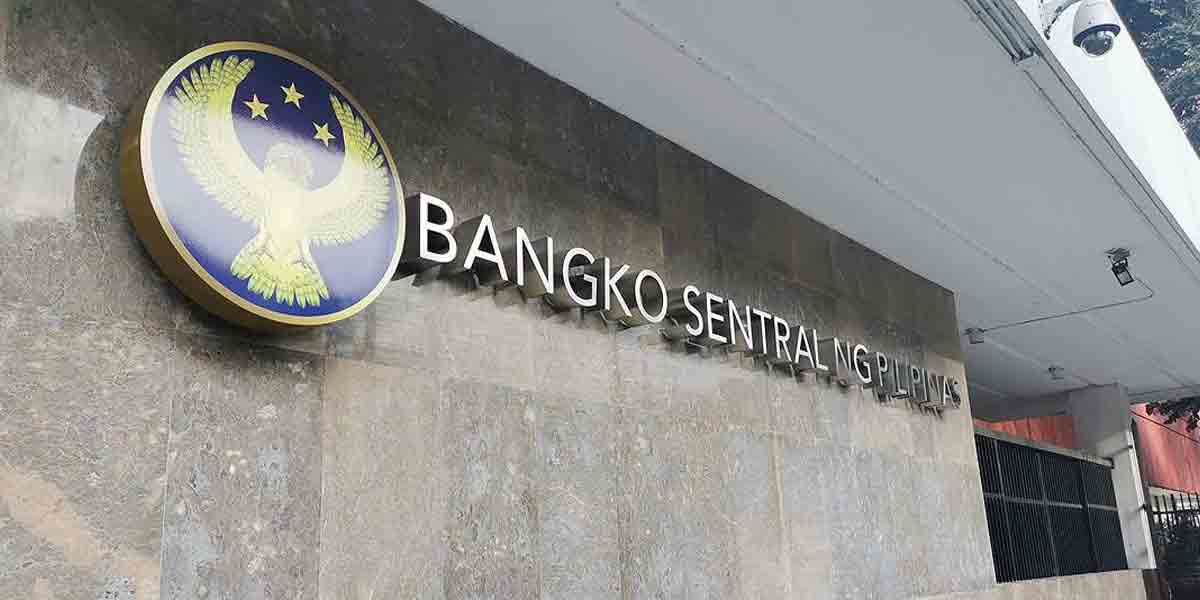
By Rjay Zuriaga Castor
The Panay River Basin Integrated Development Project (PRBIDP) in Capiz has achieved 91.18 percent completion in its detailed engineering design (DED) phase, according to the National Irrigation Administration Western Visayas (NIA-6).
NIA-6 director Engr. Jonel B. Borres announced that this progress in the DED phase, part of the ongoing feasibility study, could allow civil works to begin by 2025.
“Personally, I am hopeful that by next year we can start construction. NIA-6 is doing its best to secure all the permits as soon as possible,” Borres said during a press conference on Tuesday.
Borres mentioned that permits from the National Commission on Indigenous Peoples, the Department of Environment and Natural Resources, and the Department of Agrarian Reform are currently being processed to expedite the construction phase.
He emphasized that obtaining all necessary permits before construction is crucial for the project to be completed on time.
Borres also confirmed that they have secured Free and Prior Informed Consent from the Indigenous Cultural Communities or Indigenous Peoples (IP) affected by the project. A memorandum of agreement with the IPs has been signed, though it was extended by five years due to delays.
“We are very optimistic about this project. The IPs and all stakeholders in Capiz are looking forward to this, especially given the recurring flooding problems,” he stressed.
Borres further disclosed that the project’s cost, initially estimated at PHP20 billion in 2017 or 2018, is being updated to reflect current market prices.
NIA plans to implement the PRBIDP under the Design-and-Build (DB) scheme, where the contractor is responsible for both designing and constructing the project. Unlike traditional procurement methods, the DB approach focuses on performance, defining desired outcomes without detailing the exact design and construction methods.
NIA will provide Minimum Performance Standards and Specifications, while the contractor will design and build the facility according to these standards.
“We will not seek loans, as top management is determined to finish this project, with the president’s support,” Borres added.
The PRBIDP’s construction, expected to last six to eight years, includes building a reservoir or high dam in Barangay Acuna, Tapaz, and an afterbay dam in Barangay Garcia in the same town.
One of the project’s major goals is to reduce flooding in Capiz, particularly in the sub-basins of the Panay River.
The irrigation component of the PRBIDP is set to irrigate 26,800 hectares of farmland, benefiting 25,046 farmers. Additionally, the project will generate 18.42 megawatts of hydroelectric power and allocate 3 cubic meters per second of bulk water for Roxas City and other towns in Capiz.




















